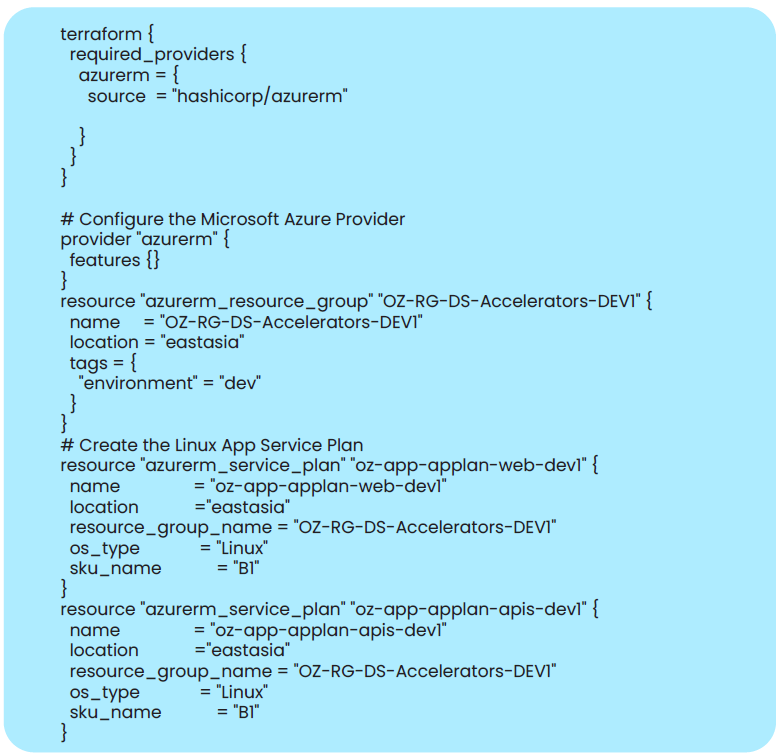By Abdul Ghafoor, Senior Consultant, R&D
Infrastructure as code (IaC) is the process of managing and provisioning computer data centers through machine-readable definition files rather than via physical hardware
configuration or interactive configuration tools.
Benefits of this approach include:
- Speed. Infrastructure as code enables you to quickly set up your complete infrastructure by running a script.
- Consistency. Human error often associated with manual processes can be significantly reduced or eliminated.
- Accountability. Because IaC configuration files can be versioned in the same way as any source code file, you have full traceability of the changes throughout each configuration. In other words, no more guessing games about who did what, and when.
- Greater Efficiency. By employing infrastructure as code, you can deploy infrastructure architectures in multiple stages, ensuring the software development lifecycle is more efficient and increasing productivity.
- Lower Cost. Employing cloud computing along with IaC can dramatically reduce costs: You won’t have to spend money on hardware, hire people to operate it, or
build or rent physical space to store it.
Terraform is an open-source infrastructure as a code tool from HashiCorp. It allows users to define both on-premises and cloud resources in human-readable configuration files that can be easily versioned, reused, and shared. Terraform is used to manage both low-level components—storage and networking resources, for example—as well as high-level resources such as DNS, PaaS, and SaaS components.
In short, Terraform is a declarative tool that further simplifies the user experience by allowing users to specify the expected state of resources without the need to delineate the exact steps to achieve the desired state of resources.
Further, Terraform is a platform-agnostic tool, meaning that it can be used across any supported provider. It accomplishes this by interacting with the APIs of cloud providers. When a configuration is done through Terraform, it will communicate with the necessary platform via the API and ensure the defined changes are carried out in the targeted platform.
With more than 1,700 providers from HasiCorp and the Terraform community available with the Terraform Registry, users can configure resources from leading cloud providers
such as Azure, AWS, GCP, and Oracle Cloud to more domain-specific platforms such as Cloudflare, Dynatrace, Elastic Stack, Datadog, and Kubernetes.
Creating Azure Web Services and MS SQL Server by using Terraform
From a usability perspective, Terraform—written in Go language and uses Fossa and Travis CI for continuous integration—uses a command line interface.
.
Though it appears quite easy to learn, Terraform does require knowledge about infrastructure and cloud services.
So, how does this look in practice?
Check out the detailed use case below.




Conclusion
As the availability of cloud services grows, software such as Terraform will become increasingly important.
Regardless of where you are on your digital transformation journey, OZ experts will put our twenty-five years of experience to work for your organization, helping you to streamline processes, save money, increase scalability, gain competitive advantage, and improve business efficiency and operations. Find out more about our services here.

